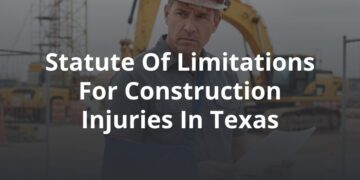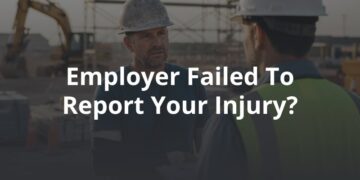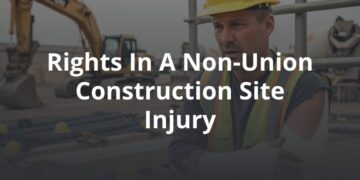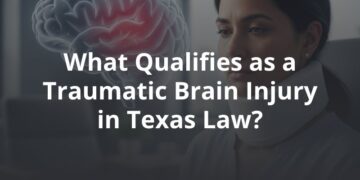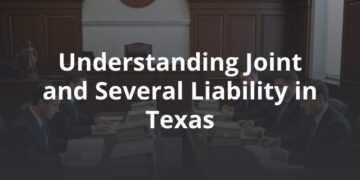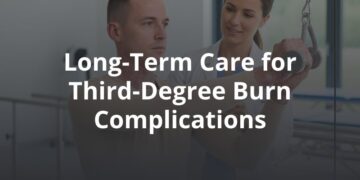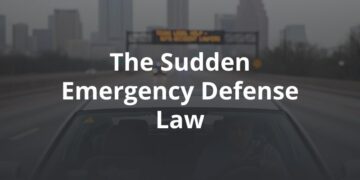You don’t need a study to tell you that Austin traffic can be pretty hair-raising; you probably see evidence of that fact on your commute every day. However, in case you require statistical proof: the Allstate America’s Best Driver’s Report, which ranks the 200 largest cities in the country by driver safety, listed Austin as number 159, coming in well below other comparable Texas cities like San Antonio and Fort Worth.
Austin drivers aren’t necessarily any worse than anywhere else; the city is home to some of Texas’s deadliest stretches of highway, and several high-fatality pedestrian crossings. Much to its credit, however, the city of Austin has made notable strides to address some of its more hazardous intersections. In 2015, the city council reserved funding for improvements to several problematic intersections throughout the city.
Those fixes included signal changes, new turn lanes, medians, and other adjustments, resulting in reduced accident rates at those sites. At Martin Luther King Boulevard and I-35, for instance, infrastructural additions like raised pedestrian crosswalks and a converted right-turn-only lane lowered crash rates at that intersection by 61 percent.
The success of that program ushered in a ballot measure for a $15 million mobility bond, which was approved in 2016 and gave funding to 109 new safety improvement projects through the city. Much-needed improvements were made at high-traffic intersections like 45th Street and Red River, South Congress Avenue and Oltorf Street, and I-35 and Braker Lane. And that legacy continues with 2018’s transportation bond initiatives, which will build on previous infrastructure improvements, with the aim of meeting the city of Austin’s goal of zero motor vehicle fatalities.
However, we still have a long way to go. In 2018 Austin witnessed 74 traffic fatalities, many of which occurred at known accident hotspots. Pedestrian deaths make up a high percentage of these incidents, amounting to roughly a third of all motor vehicle fatalities in Austin. Obviously, any traffic death is one too many, which is why it pays to take caution when traveling through dangerous intersections. Here are some to be aware of.
Trinity and E. 7th Streets
This spot is one of the worst intersections for pedestrian accidents — not just in Austin, but throughout all of Texas. This intersection was the site of 40 pedestrian crashes, with 42 injuries between 2012 and 2015, making it the top offender for pedestrian incidents in the state.
In an effort to curb pedestrian accident rates, the city of Austin created the Pedestrian Safety Action Plan. It studied pedestrian crash rates throughout the city and suggested countermeasures for improved safety, such as building sidewalks where needed and performing necessary sidewalk maintenance, signal changes, increased police surveillance and speeding enforcement. With any luck, Trinity and E. 7th will be one of the next on the list for improvements.
Riverside Drive and S. Pleasant Valley Road
The nexus of two major urban roadways, the southeast intersection of Riverside and S. Pleasant Valley is considered one of the most harrowing in the city. According to Texas Department of Transportation crash data, there were 68 separate incidents at this intersection between 2012 and 2015, resulting in at least 52 injuries. This location is listed on the city’s Top Crash Location Priorities, a collection of dangerous street crossings in Austin that are destined for improvements.
Parmer Lane and N. Lamar Boulevard
Another notorious intersection, this site witnessed 56 accidents and 45 injuries — including one fatality — between 2012 and 2015. The city has ushered in safety improvements at this intersection, resulting in a 43 percent reduction in accidents. However, the intersection’s deadly reputation lives on; in September 2018, this area was the scene of a deadly accident that killed a pedestrian.
Cesar Chavez Street and I-35
Roads that intersect with highway service roads tend to generate deadlier accidents simply because of the high speeds involved. But at Cesar Chavez and I-35, there are additional factors that make it more dangerous, including pedestrian activity, downtown congestion, and especially its proximity to bars and nightlife districts. In fact, in 2018 this area was the site of a high-profile accident that resulted in two separate alcohol-related criminal charges and one fatality.
The I-35 corridor has been on the Austin Transportation Department’s radar for some time, and the northbound side of this intersection is listed as one of the city’s Top Crash Location Priorities.
Highway 183 and Loyola Lane
Along with I-35, 183 is one of the highest-reporting roadways for serious accidents in Austin. And the intersection of 183 and Loyola takes the cake, with a total 28 crashes in 2012. Those numbers made it number two on the list of the city’s top 25 crash locations on its 2012 Traffic Fatality Report.
Although that data is over six years old, the location is still a lightning rod for dangerous accidents; in the past two years, it has been the site of both a fatal car collision and a police chase that ended in a crash.
How to Deal with Dangerous Intersections
Although the city has been working on fixing some of these dangerous intersections, it’s probably not realistic to avoid these areas until improvements are complete. Therefore, it’s up to you to drive defensively in order to keep yourself — and others using the roads — safe.
- Avoid speeding through yellow lights to make a turn before the light changes.
- Stay alert when crossing through intersections; avoid distractions like illegal phone use, applying makeup, or eating while driving.
- Use turn signals appropriately to alert other drivers around you.
- Proceed carefully through pedestrian crosswalks. Always yield to pedestrians.
- Keep a safe distance between your vehicle and the car in front of you. Don’t tailgate.
Even if you always drive safely, however, you can’t do much about other drivers on the road. If you have been involved in an auto accident due to driver negligence, we are here to help. Contact our firm today to learn about your options and to ensure that unsafe drivers are held accountable for their behavior.
